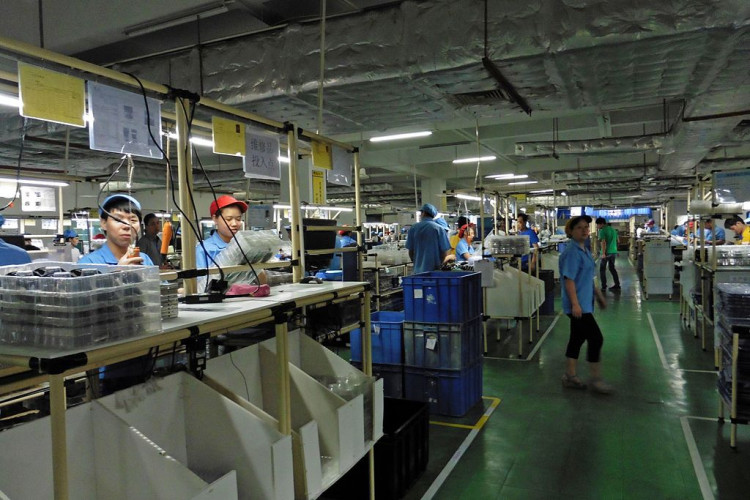In a testament to China's economic resilience, recent data from the National Bureau of Statistics (NBS) indicates that both retail sales and industrial production in August surpassed expectations. However, the property sector continues to be a cause for concern, potentially threatening broader economic stability.
Retail sales, a critical gauge of consumption, rose by 4.6% in August from a year ago, marking the fastest growth since May. This increase outpaced the 2.5% year-on-year growth observed in July and exceeded the 3% growth forecast by a Reuters poll. The summer travel season is believed to have played a significant role in bolstering these figures.
Similarly, industrial output in August grew by 4.5% compared to the same period last year, accelerating from July's 3.7% pace. This growth rate is the most rapid since April and surpassed the 3.9% increase anticipated by analysts.
Despite these positive indicators, the property sector remains a significant concern. Property investment in August fell by 19.1% year-on-year, a steeper decline than the 17.8% drop observed in July. Moody's recently downgraded its outlook on China's property sector to negative from stable, predicting a roughly 5% fall in contracted sales over the next six to twelve months.
The broader economic picture suggests that recent support policies, including those targeting the property sector, are beginning to stabilize the economy. The Chinese yuan even touched a two-week high against the dollar in response to the optimistic data.
However, challenges persist. Gary Ng, a senior economist at Natixis Asia Pacific, highlighted that despite signs of stabilization in manufacturing and related investment, the declining property investment continues to exert pressure on economic growth. He emphasized that confidence remains a significant issue, necessitating more substantial "constructive policy and regulatory changes" to bolster growth momentum.
To further support the economy, the People's Bank of China announced a cut in the reserve requirement ratio for banks, marking the second such reduction this year. This move aims to boost liquidity and support a faltering economic recovery. Despite these measures, analysts believe that more fiscal and monetary policy interventions are essential, given the challenges posed by the property sector, high youth unemployment, and ongoing Sino-U.S. tensions over trade, technology, and geopolitics. These factors collectively raise concerns about the sustainability of China's economic recovery in the near future.
The property sector, once a pillar of China's economy, has been facing significant headwinds. Country Garden, China's largest private developer, is the latest to face challenges due to a liquidity squeeze. This downturn in the property market is in stark contrast to the positive figures from retail and industrial sectors, highlighting the complexities of China's economic landscape.
Furthermore, fixed asset investment grew by 3.2% in the first eight months of 2023 compared to the same period last year. This growth is slightly below the 3.3% rise that analysts had anticipated. Despite the uncertain business climate, which has made companies cautious about hiring, the nationwide survey-based jobless rate showed a slight improvement, dropping to 5.2% in August from 5.3% in July.
In conclusion, while China's retail and industrial sectors show promising signs of recovery and resilience, challenges in the property sector and broader geopolitical tensions underscore the need for continued vigilance and strategic policy interventions. As the world's second-largest economy, the trajectory of China's recovery will have significant implications for global economic prospects in the coming months.






